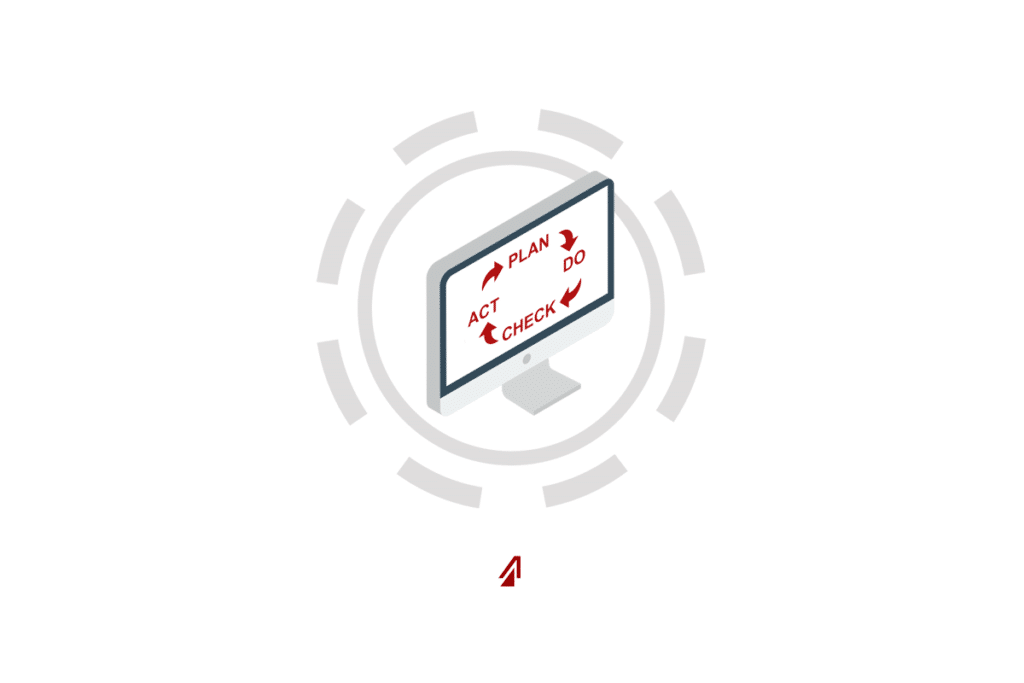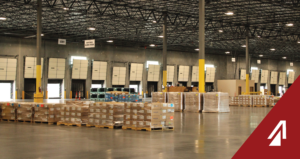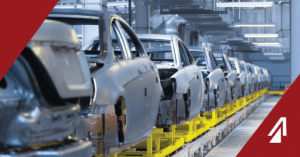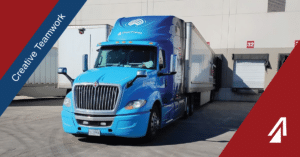If you run your company’s supply chain operations, you know that those functions do not just happen automatically. Each step is highly analyzed and processed for the best outcome for you and your customer. When you initiate your supply chain operations through QA measures, like the PDCA Cycle, you are engaging in full logistics management. Logistics management is crucial for your supply chain operations to function properly and can greatly improve your customer satisfaction. So, what is logistics management?
What is Logistics Management?
Logistics management is a supply chain component that helps you meet your customer demands by moving and storing products and information efficiently and effectively. It is a process workflow from the beginning of your product’s life cycle to the end user, where the flows integrate various supply chain aspects and tools. Primarily, these processes involve the resources you will need to create a product of perform a service. These resources may involve information, tools, labor, transportation, storage, and technology to help you move your product to your customer.
Typically, logistics management takes place in the four stages of the PDCA cycle – plan, do, check, and act. Each stage is often hands-on, complex, and involves numerous processes. Every process must work together for the entire operation to be successful.
ProTrans provides all around logistics management: LEARN MORE
How does PDCA Work with Logistics Management?
Like most management applications, logistics management works with the PDCA Cycle so you can determine the best processes for your company. Each stage has multiple processes that build on later ones, so it is important to accurately track each ones’ effectiveness. You will also need to have flexibility in your supply chain.
Planning
Planning is the fundamental step in most operations. By planning, you are establishing the goals and objectives your company is trying to accomplish as well as the resources needed to complete the operations to achieve the objectives. For logistics management, you will need to plan aspects like:
• In-house or outsourced
• Raw material vendors
• Production space and equipment
• Workers
• Transportation vendors
• Transportation routes
• Delivery methods
• Software systems
• & More
These all must fit within a larger scope of your overall goal, budget, and customer requirements. Proper planning will require input from the C-suite and other varying levels to receive an accurate picture of what can be done.
You will also need to assess your supply chain’s risks and opportunities in the Planning stage. Most companies can see most of their overall risks at the outset and create contingency plans to help overcome them. E.g. If you prefer JIT shipping, you may need to plan on safety stock at a warehouse location near your customer in case a truck breaks down. You most likely will not be able to account for everything, so you will need to test your plan in the Do phase.
Doing
During the Doing phase, you will test the various aspects of your logistics management plan. This is where you will require the most flexibility. You will often find that what you had planned does not always work out, and you will need to make changes. Your vendors may not be able to provide what they promised or outside forces might affect your plan; so, you will need to be flexible and come up with alternate solutions.
Some ways you can help with these unforeseen issues are automating processes and hiring the right management team.
Automating is an up-and-coming solution built on AI and machine learning that can help with many different logistics management functions. Areas like inventory management can be run automatically with set reordering schedules when product stocks meet a certain limit, or functions like warehouse management can benefit from automated receiving schedules. Automating is particularly useful in product scanning and data logging as well. Most supply chain functions that require efficiency without much variability in its day-to-day processes can be managed with automation. With modern advancements in machine learning, computers are beginning to adapt to unusual processes as well.
Having the right management team is crucial for efficient, effective logistics management as well. You can hire in-house managers or outsource to groups like 3PLs to monitor your supply chain and make connections. What is most important is that you are working with a team that is experienced and capable of handling a wide variety of issues. They should provide you with solutions and help your freight run smoothly.
Once you have tested your plan in the Doing stage, the next step is to Check and evaluate.
Checking
In this stage, you will evaluate the changes you made in the Doing phase and determine their impact. If the changes helped your supply chain become more efficient or helped you more effectively reach your goals, you can keep the change. Otherwise, you would need to implement more changes.
One of the convenient factors of the Doing phase is that the test does not have to be done physically, so checking can be easy and not cost too much money. Modern systems can provide modeling software that lets you visualize and analyze your supply chain and see the effect proposed changes would bring. This can help give you better supply chain visibility and improve your customer service before you even launch.
It is important that you track each process’s status to have a baseline for future improvements. You might find cheaper vendors or better materials, and you will need data to compare the new options with. That is why it is important to utilize tools like a transportation management system (TMS). TMSs have databases with load/shipment history so you can monitor lanes, products, or carriers, and see how they perform over time. Your management team should be proficient with these tools and be able to communicate the information to you in an easily understandable way.
Acting
This phase of logistics management is where you fully implement your processes and operate your supply chain. You have established your goals and tested the methods to reach them, so acting is where you finalize the methods and begin creating your products or performing your services for your customer.
One of the best aspects of the PDCA Cycle is that you do not have to be satisfied with the results of any of your processes. You can continually improve them until you are operating at peak efficiency. This will help you drive revenue and increase customer satisfaction as well.
Your supply chain will not function automatically on its own. You will need to manage it – starting with the phases of the PDCA Cycle. Once you perfect your operations – from creating a product to shipping it to your customer – you will utilize full logistics management and increase customer satisfaction.
Let’s talk about managing your logistics needs!: LET’S TALK





